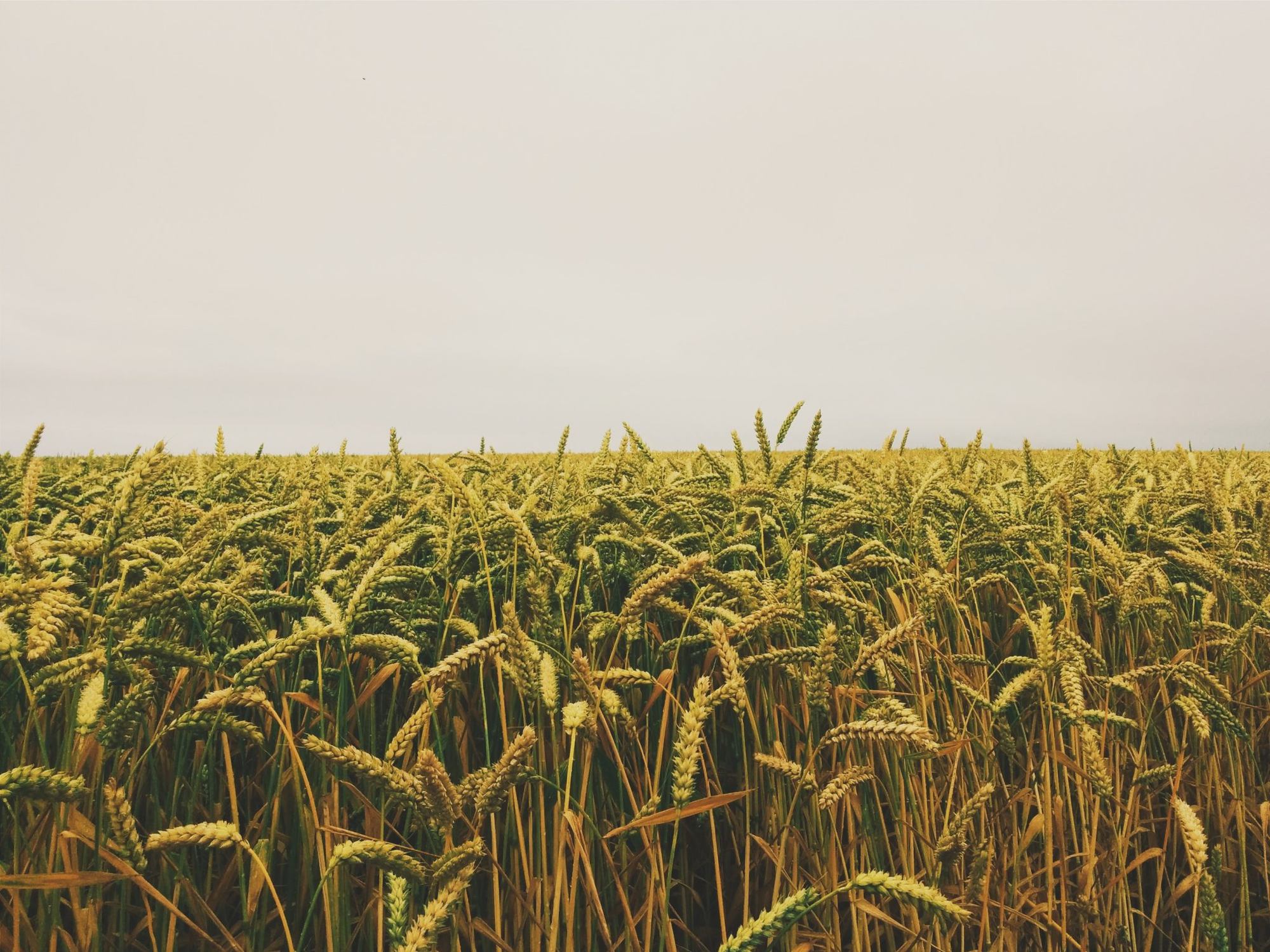Climate change and other unpredictable weather patterns are a challenge for crop farmers.
According to researchers at the University of Saskatchewan, global warming is bringing longer growing seasons, allowing producers to expand the types of crops they cultivate. While this can be a benefit, a longer growing season increases the risk of environmental stressors, like frost and cool overnight temperatures.
The researchers are investigating how the first frost of the fall impacts corn varieties, in the hopes of finding new ways to potentially influence seed development to improve resiliency and maximize crop yields.
“With global climate change, we are realizing that you can push the corn belt northward, so we’re wondering how we can enable the production of that crop by expanding the season,” said Dr. Karen Tanino, professor of abiotic stress physiology in the College of Agriculture and Bioresources.
Tanino described abiotic stresses to plants as weeds, salt, and heavy metals.
“We’re getting more extremes,” she said.
The types of stress vary by year and season. Others include insects and frost due to earlier growing seasons and earlier planting.
The lab work Tanino and her team of researchers are doing identifies key structures that enable plants to better survive multiple types of stress.
The team is interested in the cuticular layer of the plant, a defensive barrier that acts like the plant’s skin. If the cuticular layer is more water repellent, it is full of waxy compounds that allow water to run off the plant.
Extreme conditions, including longer growing seasons, drought, and disease, can also affect corn plants into the fall.
“If water is not present, then the frost is not able to form, which means the plant can avoid that first fall frost,” said Tanino.
“The approach we take is stress avoidance, not tolerance,” Tanino said.
“We’re trying to help breeders develop and select plants that will be all-rounders, that can get through multiple stresses and survive, and more stably produce yield year after year,” she said.
“We’re looking at the solid cuticle layer underneath, we’re looking at the cell wall underneath that,” Tanion explained.
She said no researchers have previously looked at the effects fall temperatures preceding a first frost could have on corn plants.
“Corn is very susceptible to frost,” Tanino said.
She explained how the research attempted to find out if warmer temperatures before the first fall frost affect the sensitivity of the plant. The research found that warmer temperatures during the day can lead to freezing at night.
Tanino and her group have been long-time users of the CLS.
“We were one of the first plant groups to use the CLS nearly 15 years ago, and we are so lucky to have it here right on our campus.”
Synchrotron beamlines enable Tanino to look deep inside a plant without destroying it, providing a level of detail not available using other techniques.
“We’ve used the CLS to take a non-destructive look at what is changing and where, and it provides us with our first insight.”
Tanino said the research on corn could eventually be applied to other types of seed.
“It could help with drought stress resistance,” she said.
Tanino said she is now working on another project on cuticula waxes to see if they reflect light to resist heat.
She said her research will help seed breeders improve the resiliency of the seeds they develop.
“It could be a more efficient tool to help breeders improve selection,” Tanino said.


